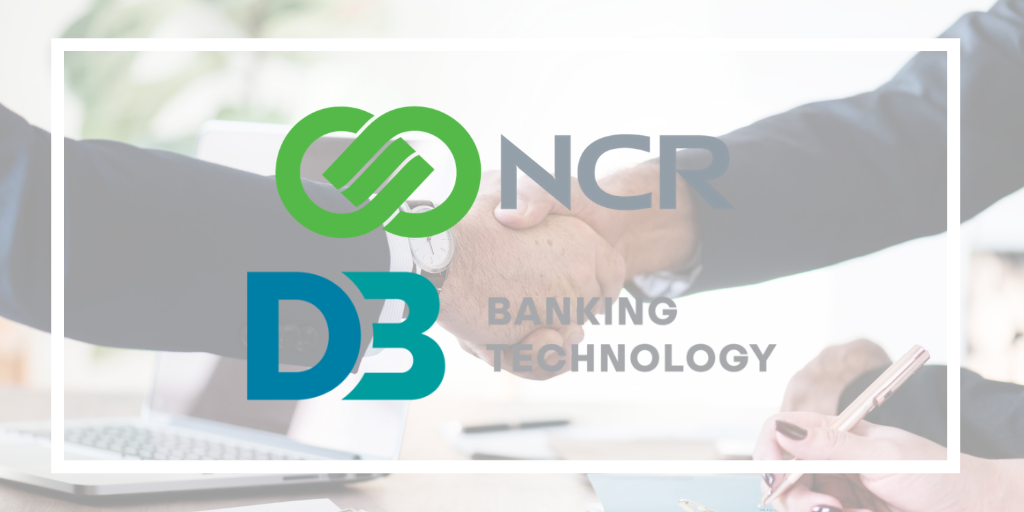
Last Tuesday, NCR acquired D3 Banking Technology (D3), a digital banking software company that provides solutions to regional banks. This comes just six years following NCR’s purchase of Digital Insight, a move that NCR explained would allow it to offer financial institutions a complete “omni-channel consumer experience.” Others saw the purchase as part of a “makeover” that NCR needed to survive. Whatever the case, the $1.65 billion paid for DI would suggest this was no trivial action on the part of NCR.
Is D3 another arrow in the quiver as NCR continues to remake itself? Does the acquisition signal a “reboot” to the makeover centered around DI that has stalled? Could the purchase suggest an attempt by NCR to go to market with two technologies, one more fit for smaller institutions and the other an up-market option? In fact, in the July 2 press release announcing the deal, NCR claimed that the latter question could be answered in the affirmative. The news release noted that D3 “immediately expands” NCR into new markets, notably “U.S. large banks and over time, international banks.”
Anyone who has spent time in the software wars knows that the path NCR has chosen is not without challenges. Doing what is necessary to keep both the DI and D3 product lines relevant in the market will be equivalent to deciding to fight a war on two fronts and that means twice the human resource investment. Granted, NCR has the means to make this commitment, but does it make sense given the age of the DI solutions that stretches back to 1995?
Technology at the heart of a solution nearing its 25th birthday is likely materially limited in terms of flexibility, scalability, extensibility and the cost that comes with the technical debt amassed over time. Still, if the math works out, keeping a solution of this type alive may make sense.
The potential flaw here is that NCR plans to promote DI to community-sized financial institutions; organizations that are inherently cost sensitive. Can NCR arrive at a price point acceptable for them that makes financial sense? Further, the down market digital banking vendor landscape is the most crowded area in the industry. Vendors here offer solutions that have much more modern technical pedigrees than DI. Enhancing the DI product, as opposed to only maintaining it, will change the economics of the two solutions approach.
Could NCR sunset DI entirely and use D3 to address the needs of large and smaller financial institutions? Possibly, but taking this direction brings with it another set of obstacles. D3’s solution is built for financial institutions with hundreds of thousands – even millions – of digital users. To be successful at that level requires a different approach (and software) than what is needed for smaller populations of digital users. While it always sounds interesting to talk about moving a solution to another market segment to increase the value of the total addressable market, it is far easier to say than do.
The fact that there is more activity than progress going on amongst the other solution providers in the digital banking space may provide NCR with the time it needs to revisit the idea of two product lines and/or the logic around market segmentation. With banks and credit unions also still struggling to understand the full implications of the digital revolution, NCR may be able to sell a bigger picture that helps financial institutions overcome the inertia that seems to have them in its grasp.
The Bottom Line: There is still a lot of running in place when it comes to digital banking. It may be that many financial institutions do not know exactly where they want to go with their digital brand, much less what they will need to make the journey once the destination is set. This has not seemed to slow the number of projects being launched to replace aged online banking and legacy mobile banking products. After these projects are over, many financial institutions may find that instead of moving forward they are even further behind.


